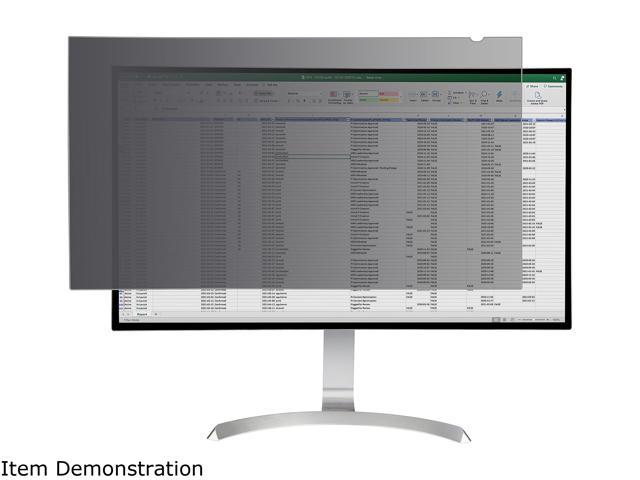Rice (Oryza sativa) is one of the most important staple food crops in the world. Breeding efforts to improve the agronomical quality of rice have been conducted, and studies on rice from the viewpoint of basic biological interest have also been carried out. In 1991, a book entitled Rice (edited by Dr. Bajaj) was published as the 14th volume in the series Biotechnology in Agriculture and Forestry (BAF), detailing rice research activities at that time, and focusing mainly on cell and tissue culture and genetic variability. Studies on rice have fundamentally advanced since then, whose outcomes are mentioned below. This is a good reason to compile a new volume on rice. The situation regarding rice research has markedly changed in the last 16 years. First, the genomic sequences of rice were completely determined by the International Rice Genome Sequencing Project in 2004. Since the genome sequence of Arabidopsis thaliana had been determined in 2000, rice became the second species in the seed plants to have its genome well understood. Second, the technology to transform rice by the Agrobacterium-mediated method was developed and is now established. In classical phytopathology, Poaceae (including rice) has not been considered as a host for Agrobacterium. This transformation method is relatively easy and reproducible as compared to conventional transformation methods using protoplasts, and is now widely used in rice research.















